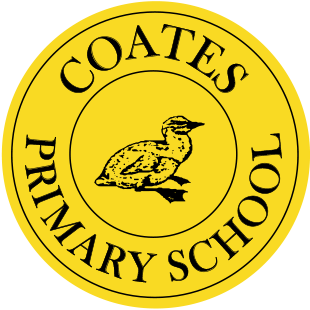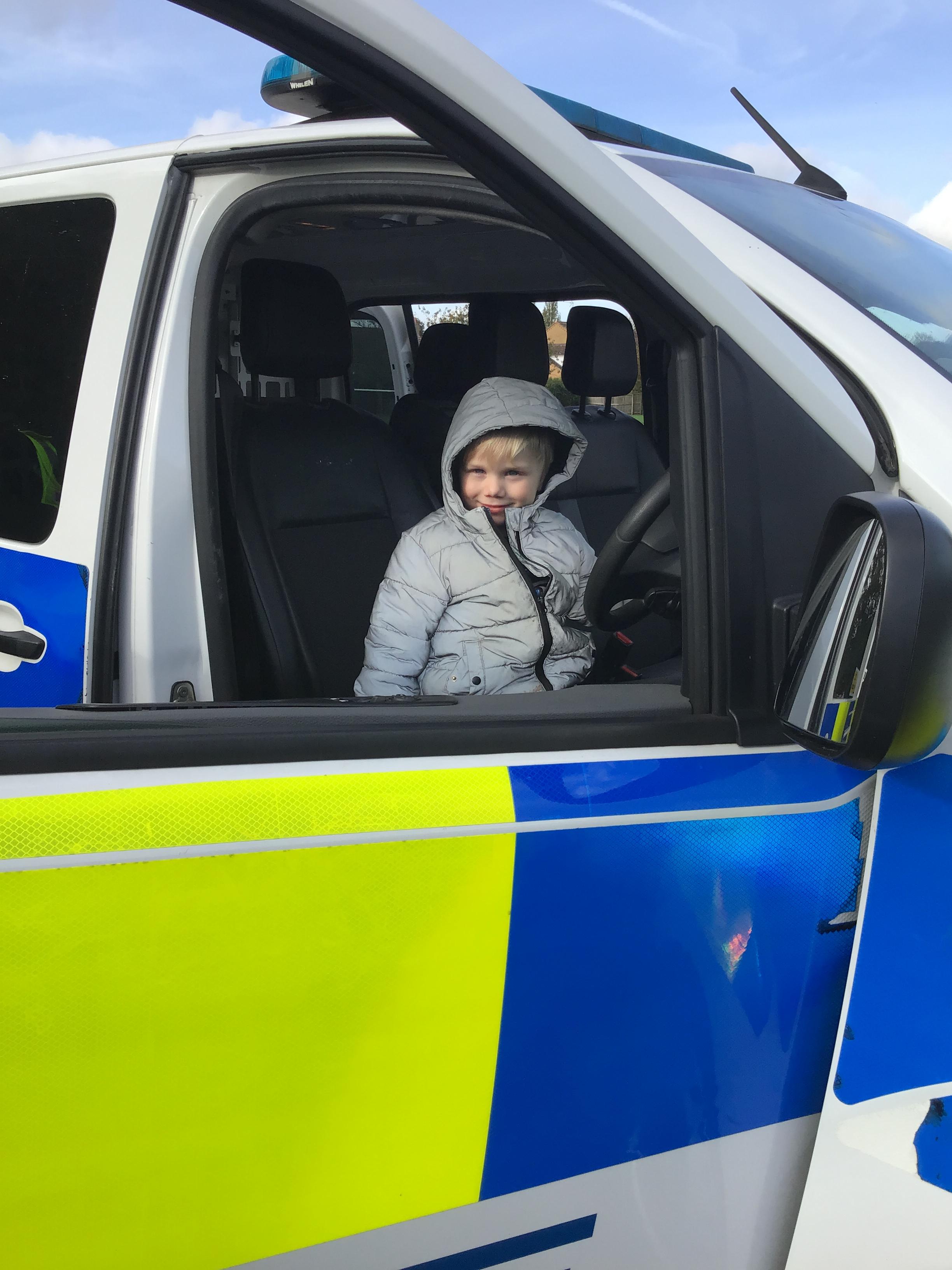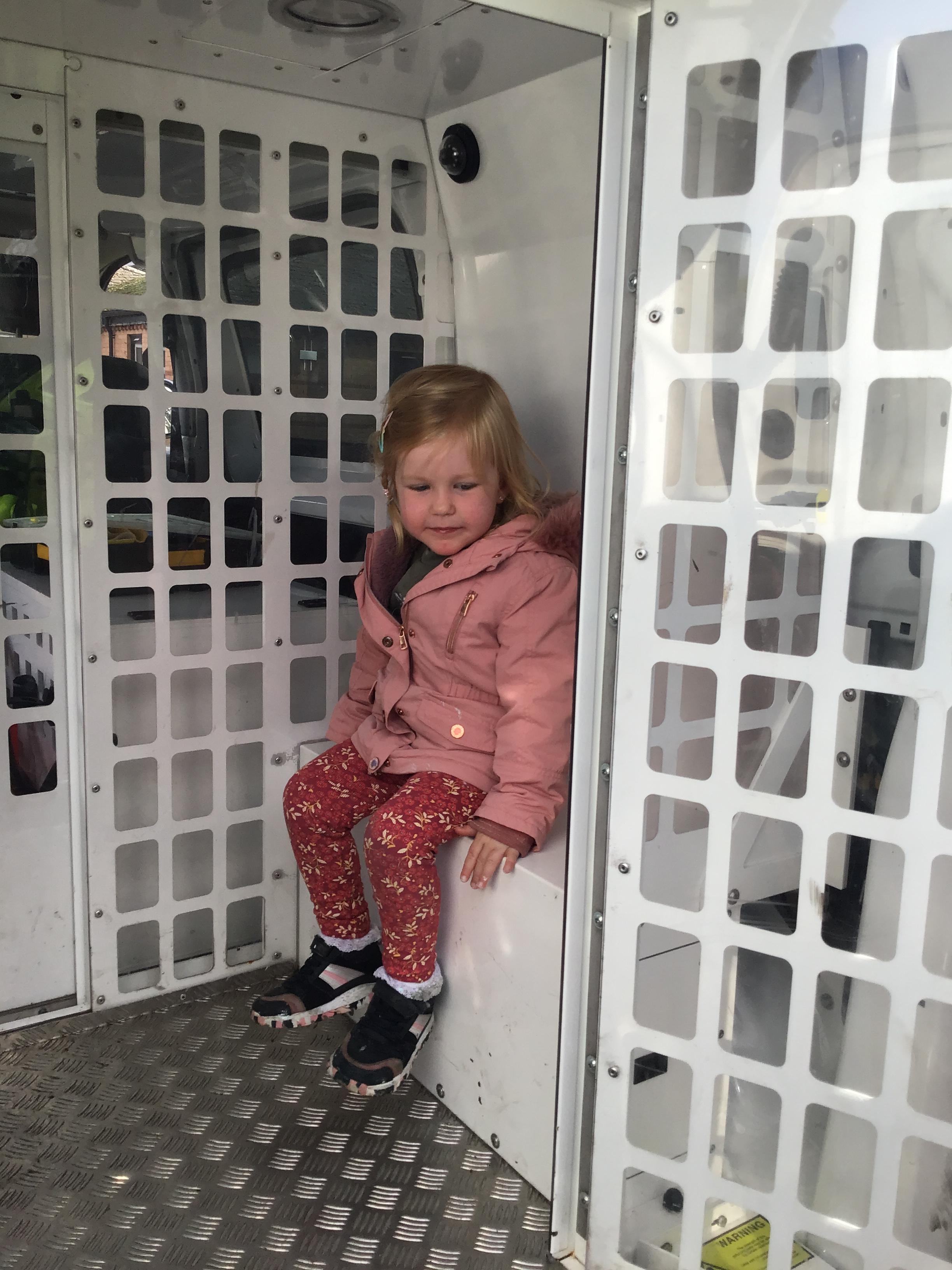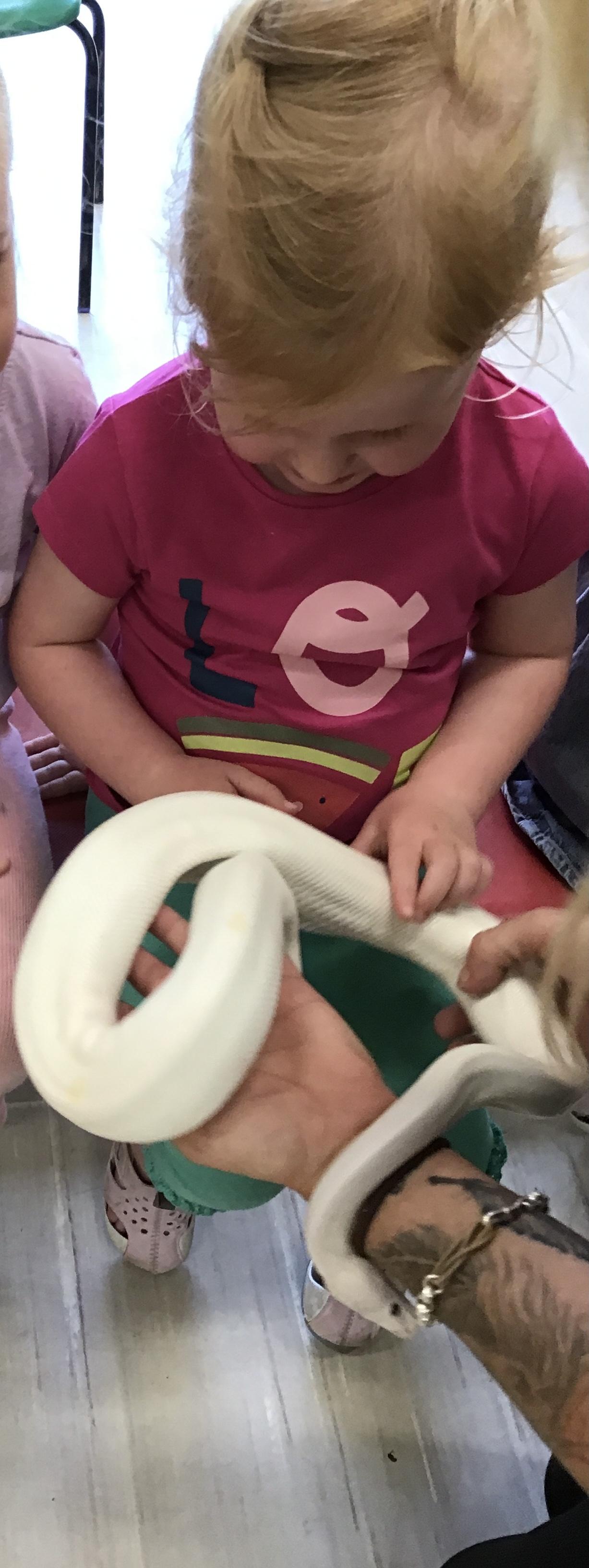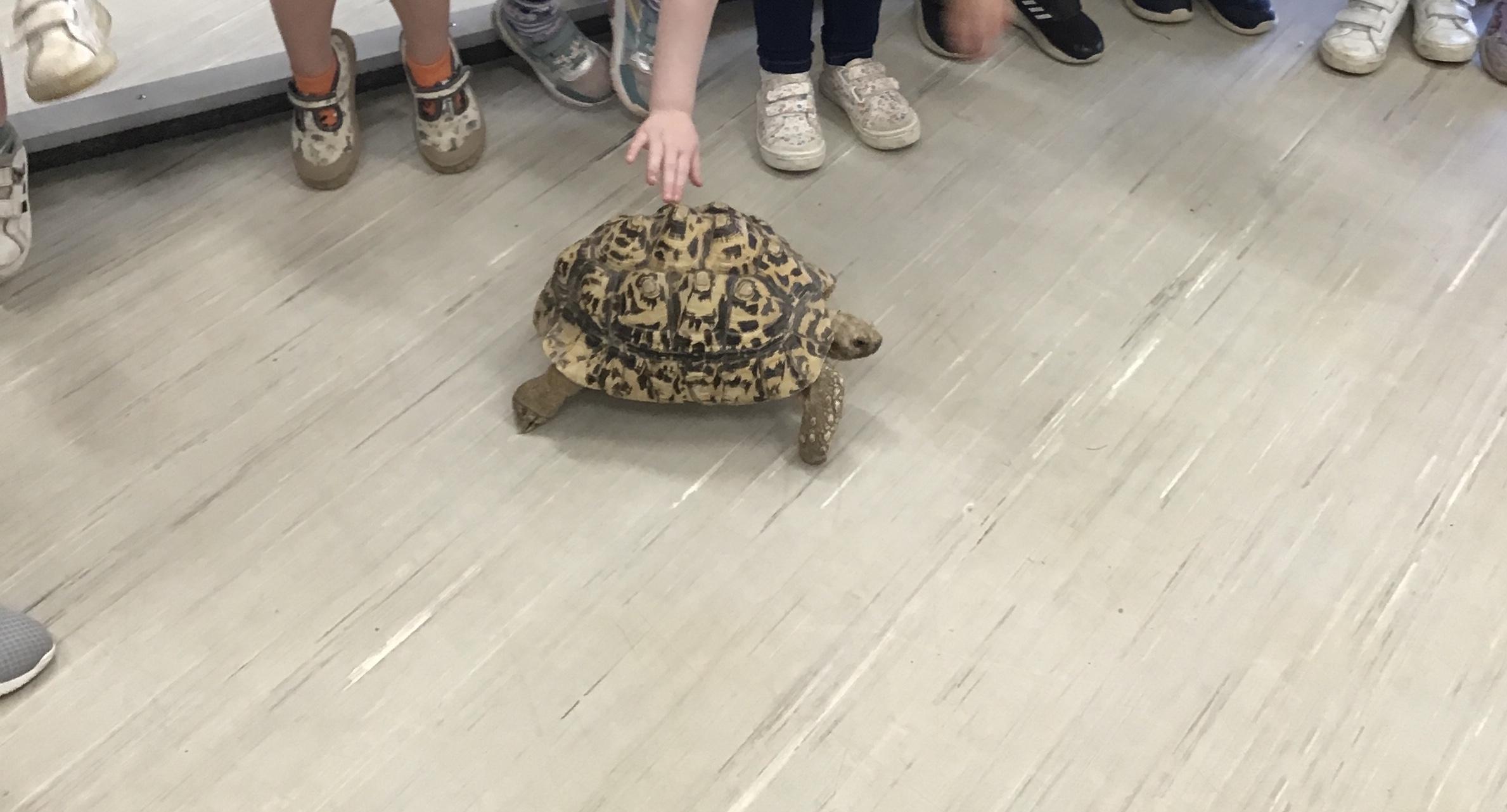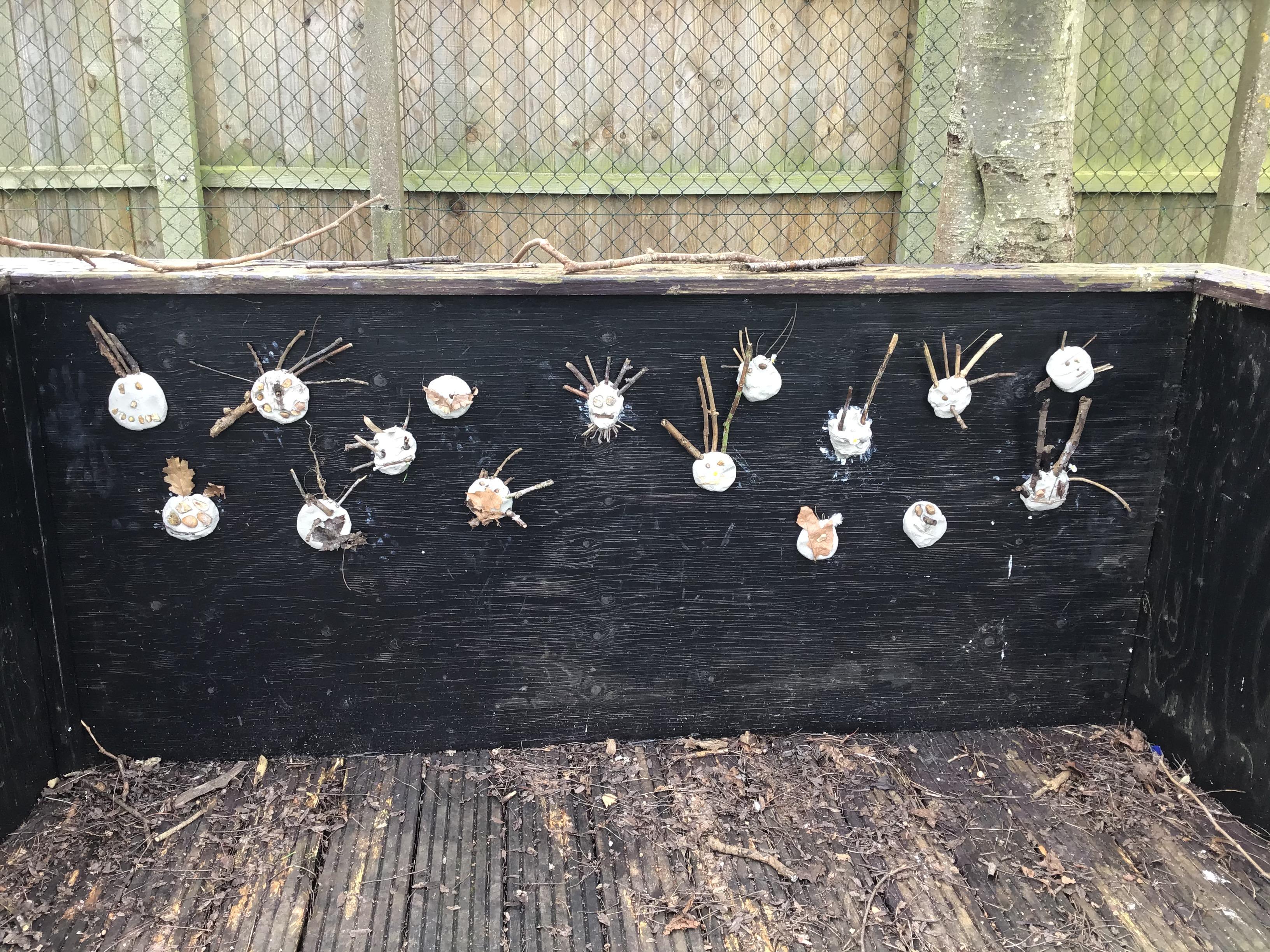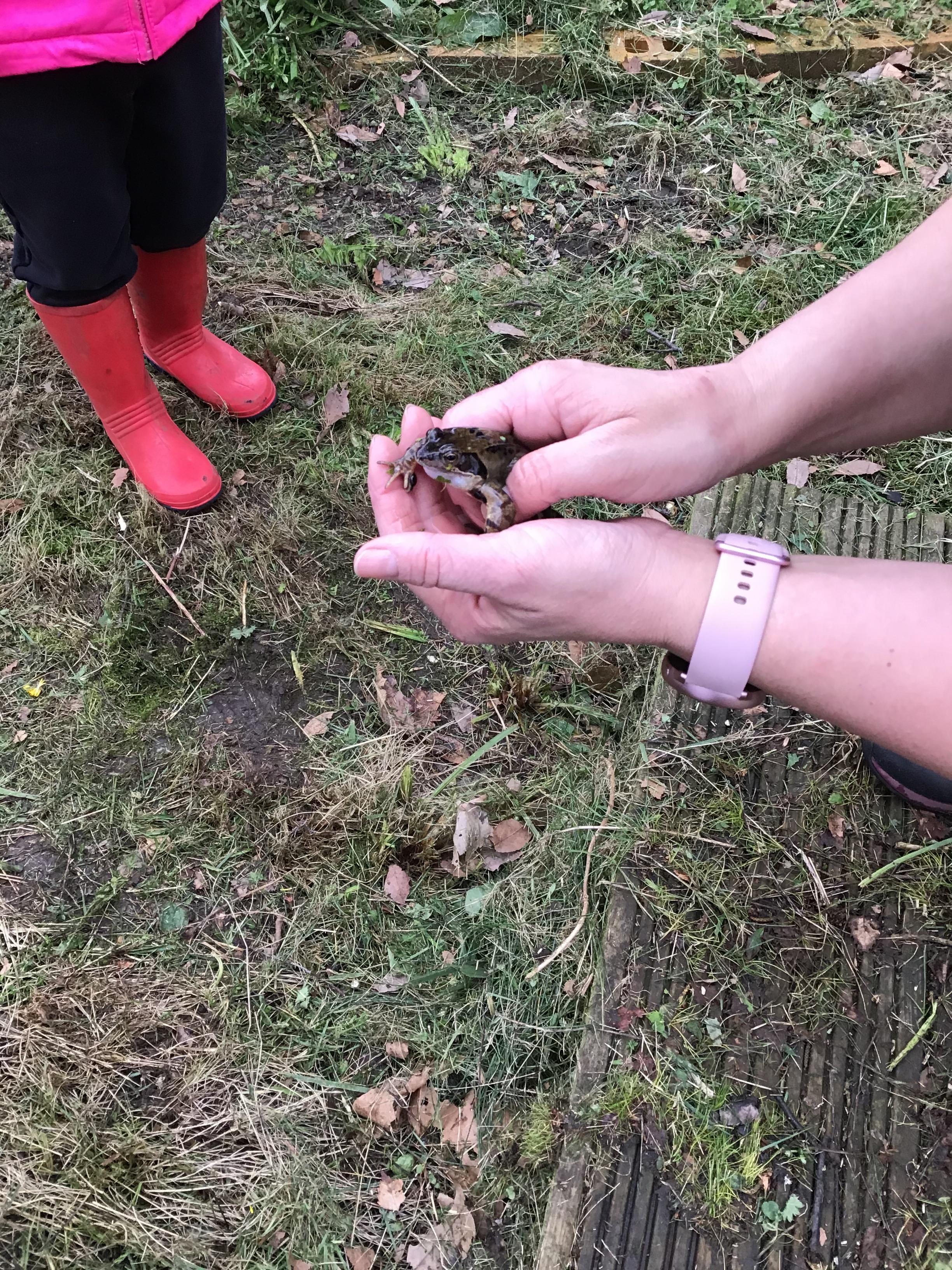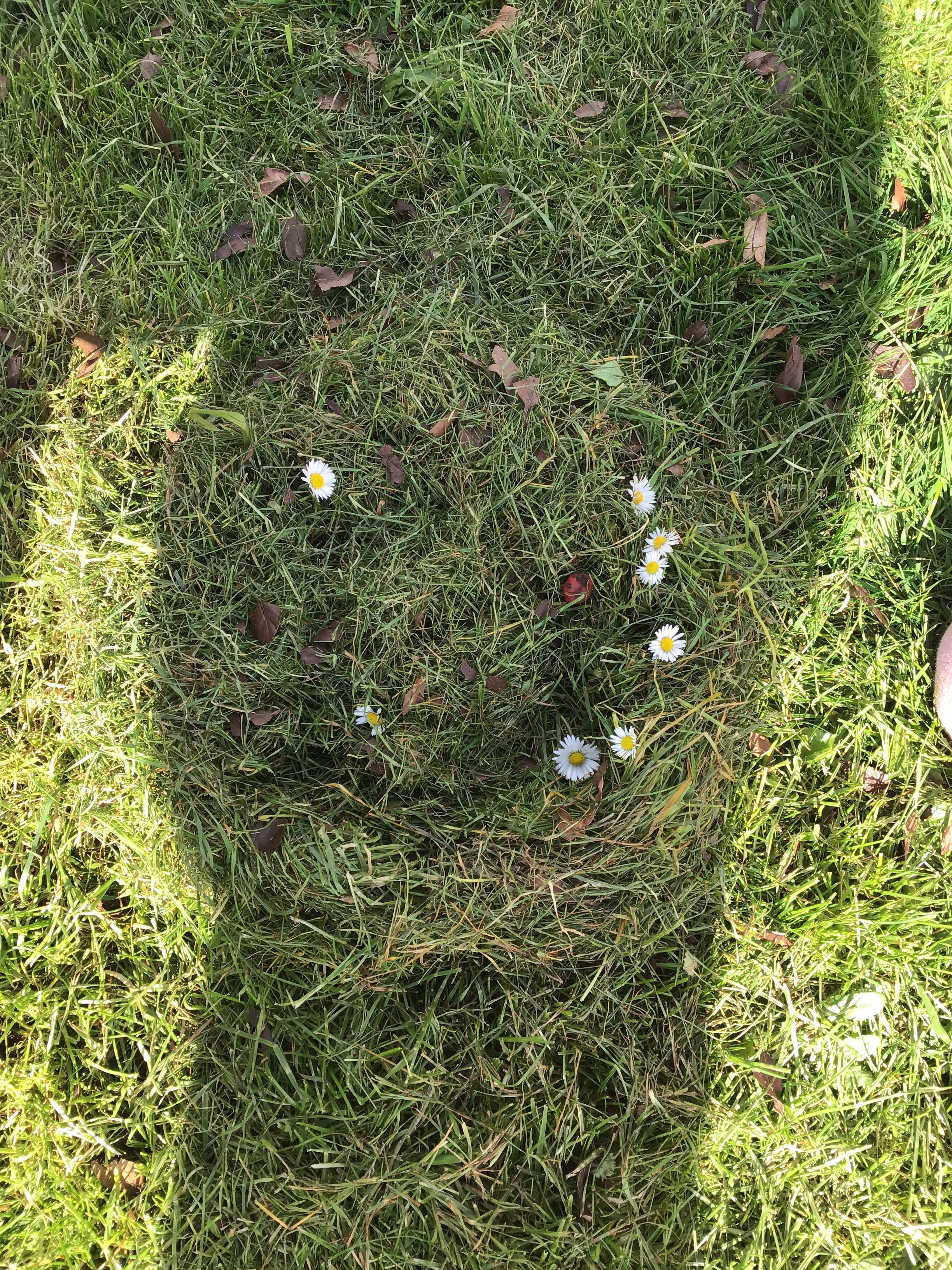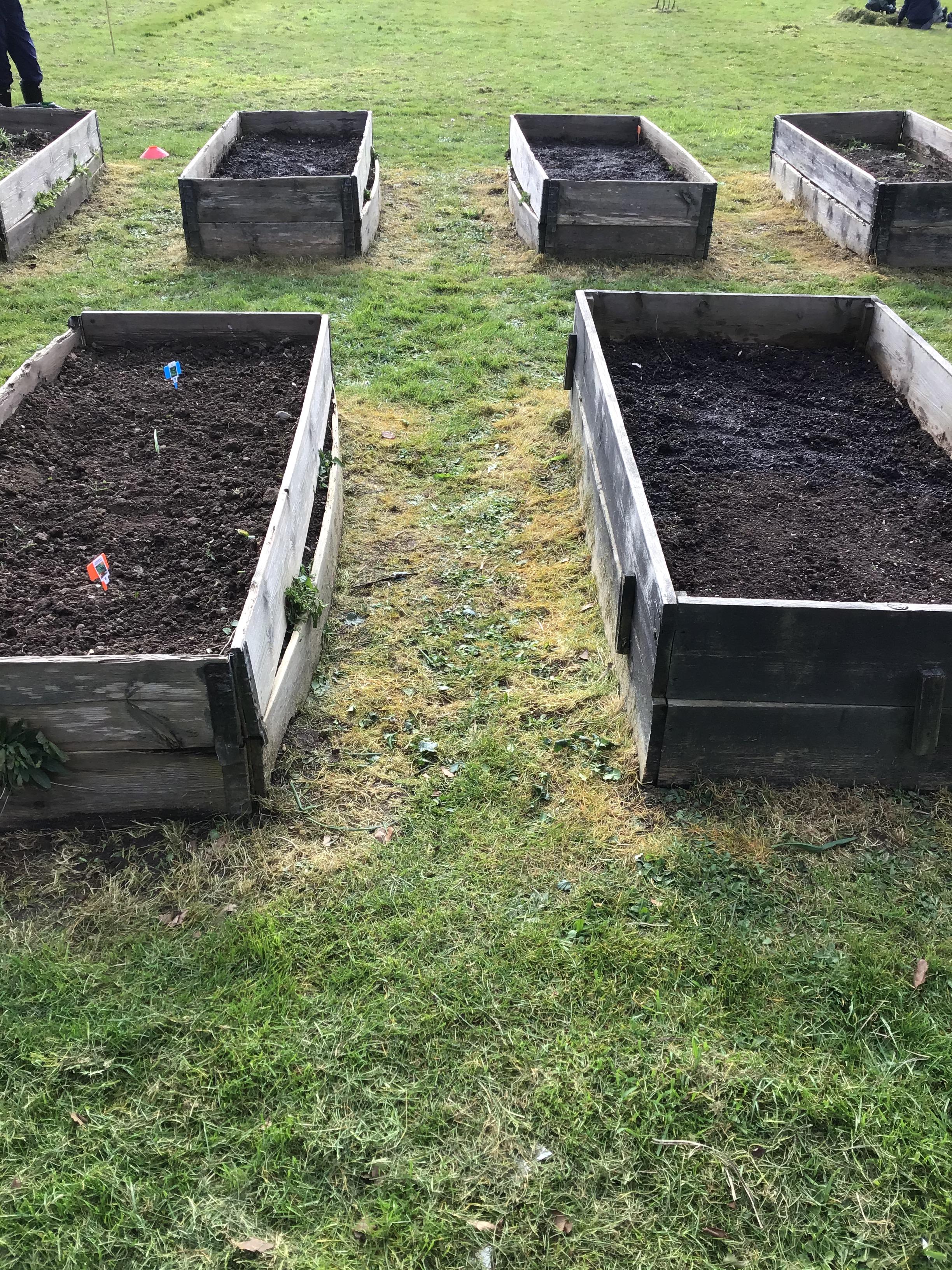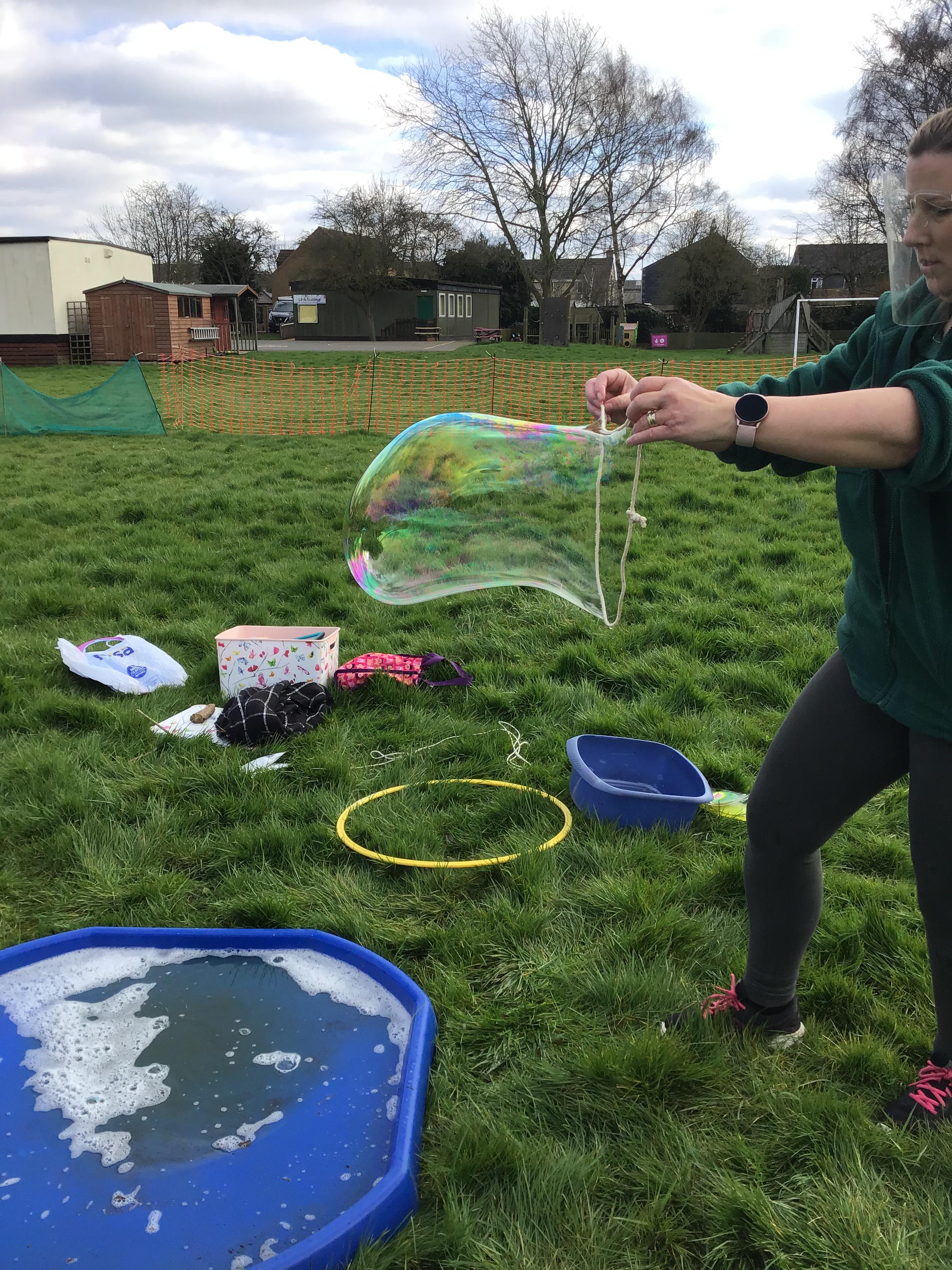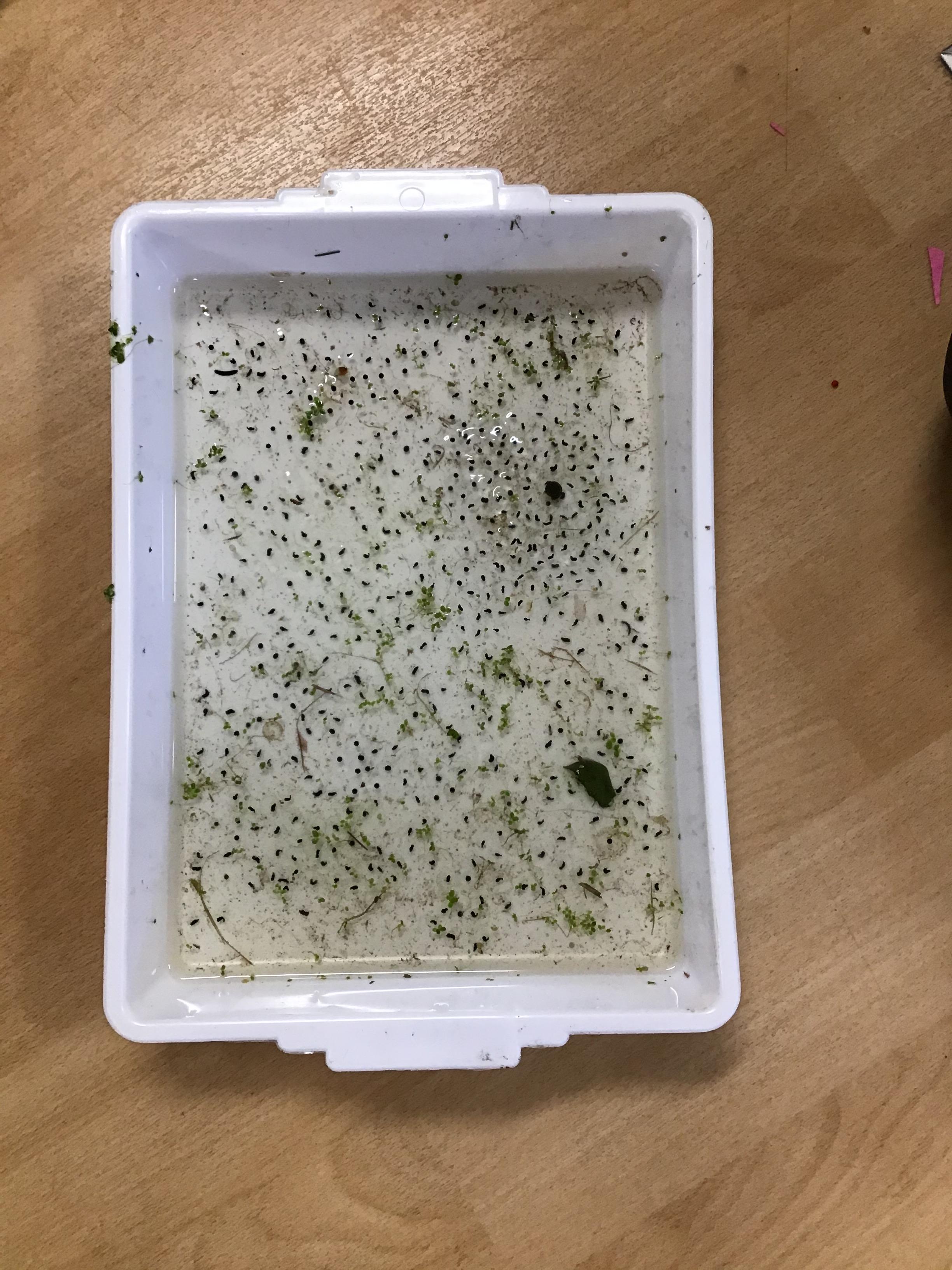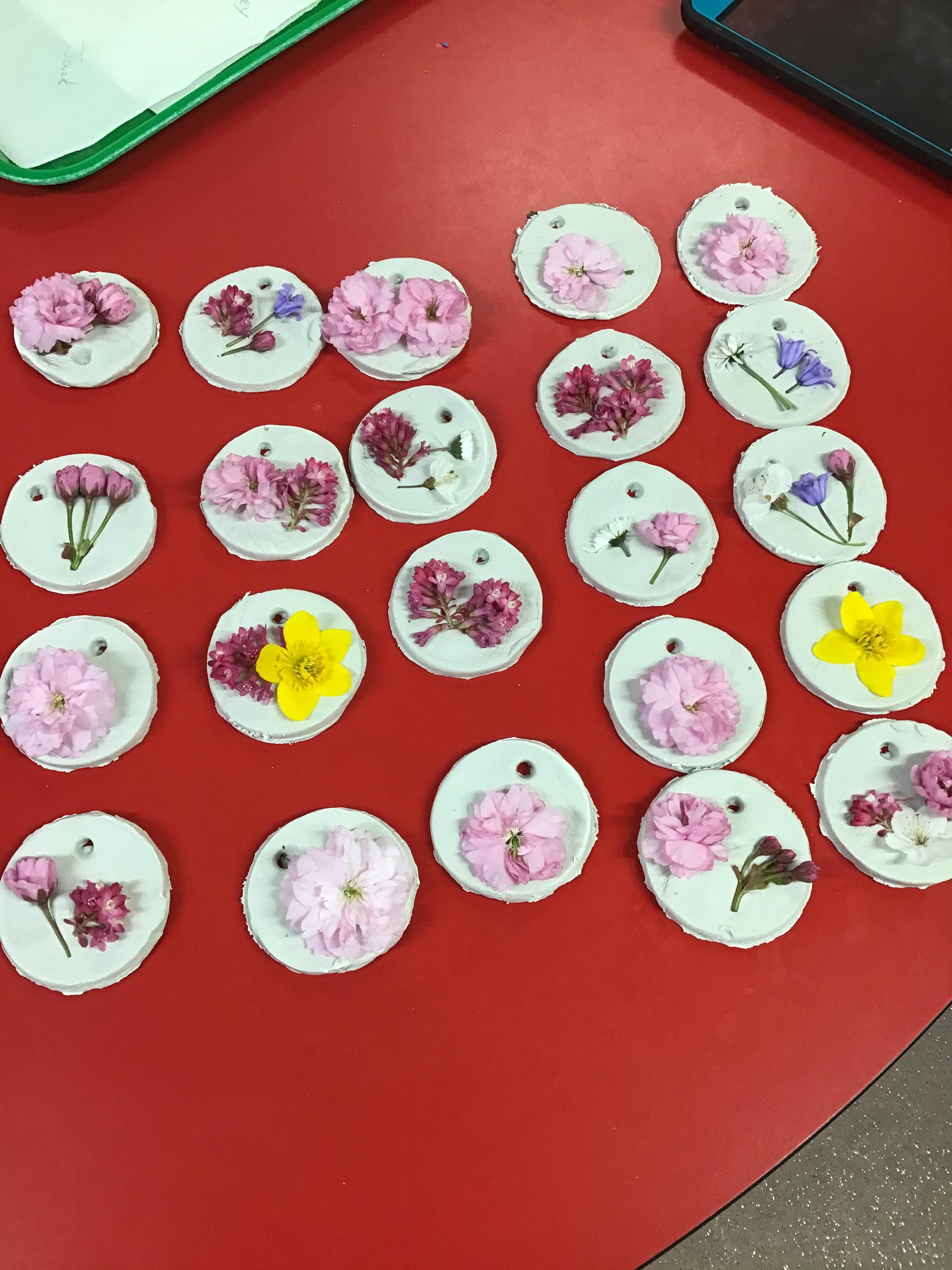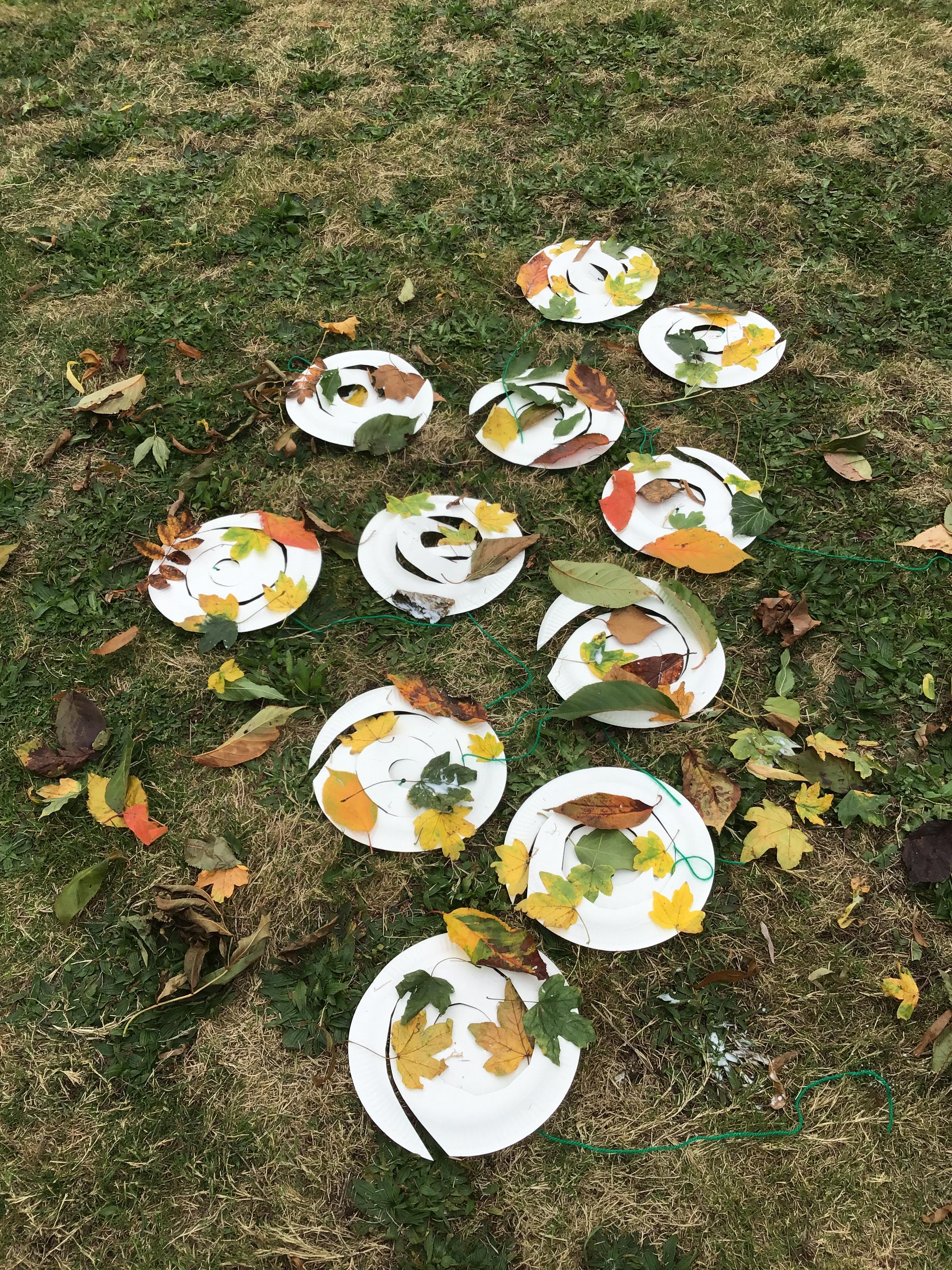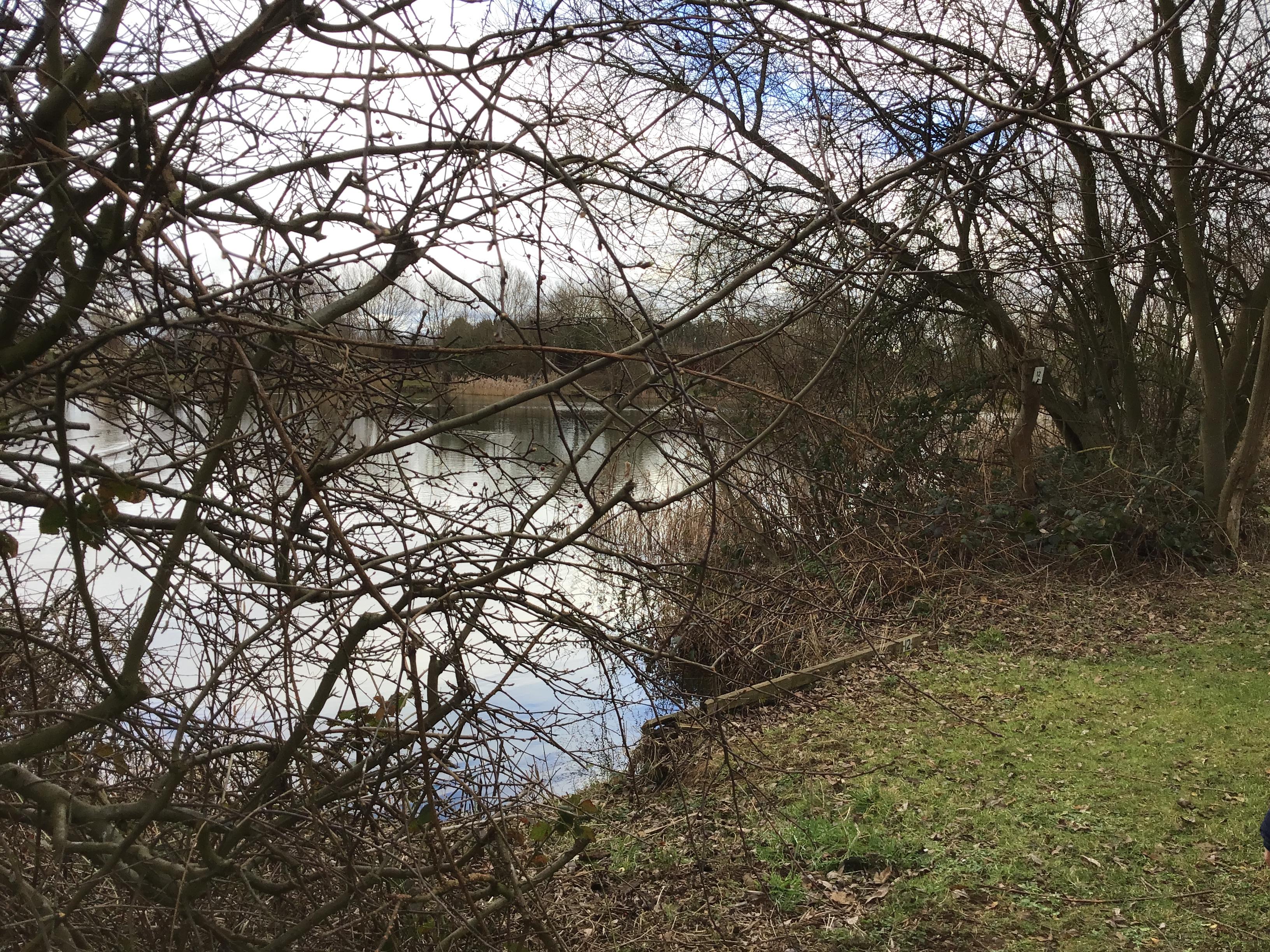Goslings – Pre-school
Welcome to Goslings Preschool
Mrs Boucher 
Hello, My name is Mrs Boucher and I am the Headteacher. I am very proud of our 'Goslings' pre-school and would welcome any visits from parents. If you require a pre-school place for your child, please contact the school office where we can speak to you in person about your requirements and the admissions process.
Julia - Pre-School Leader
Hello, my name is Julia and I am the Pre-school leader at Coates Goslings. I have worked in childcare for over 30 years and I have been at Coates Goslings since 2006.
I am married and have 2 grown up children. In my spare time I enjoy reading, going to the theatre to see musicals and spending time with my family.
Kez - Pre-school Assistant
Hello, my name is Kez and I am a pre-school assistant at Coates Goslings. I've been working at Coates primary school since 2017 in the school and in the Pre-school.
I am married with two children and two step children. I enjoy spending time with my family going on day trips to the seaside and going shopping with my mum. I also like going out for Dinner with my friends.
Katy – Pre-School Assistant
Hello, my name is Katy, and I am a qualified early years educator, I work as a preschool assistant. I enjoy taking my little boy on adventures, and spending time with my family. In my spare time I enjoy teaching dance classes, visiting the theatre and baking.
Goslings Pre-school opening times
Monday 9am – 12pm and 12pm - 3pm(subject to demand)
Tuesday 9am – 12pm and 12pm -3pm(subject to demand)
Wednesday 9am – 12pm and 12pm - 3pm (subject to demand)
Thursday 9am – 12pm and 12pm - 3pm (subject to demand)
Friday 9am – 12pm and 12pm - 3pm (subject to demand)

Please see link below to take to you the 50 things project and app that you can download for free.
Try out the app and see what activities you can find!
Healthy Living and Oral health
Below you will find some helpful links
- www.youtube.com/watch?v=oStaJTHgHMU
- www.youtube.com/watch?v=-_QJXHQONbY
- www.nhs.uk/change4life
- www.bbc.co.uk/tiny-happy-people
- www.dentalhealthcareeoe.nhs.uk/downloads/
- www.henry.org.uk
Home learning - maths
- 0 EYFS Maths All about Number Zero Home Learning Challenges.pdf
- 1 EYFS Maths All about Number One Home Learning Challenges.pdf
- 2 EYFS Maths All about Number Two Home Learning Challenges.pdf
- 3 EYFS Maths All about Number Three Home Learning Challenges.pdf
- 4 EYFS Maths All about Number Four Home Learning Challenges.pdf
- 5 EYFS Maths All about Number Five Home Learning Challenges.pdf
- 6 EYFS Maths All about Number Six Home Learning Challenges.pdf
- 7 EYFS Maths All about Number Seven Home Learning Challenges.pdf
- 8 EYFS Maths All about Number Eight Home Learning Challenges.pdf
- 9 EYFS Maths All about Number Nine Home Learning Challenges.pdf
- 10 EYFS Maths All about Number Ten Home Learning Challenges.pdf
- Maths at home.docx
Police Visit - October 2024
Exotic animal experience July 2024
Forest Schools
Fees and Funding
Prospectus
Toilet training
Useful website with tips and advice about toilet training - www.eric.org.uk
Fun ideas to do with your child at home
Children at this age absorb so much and are eager to learn so learning through play is a great way to develop their language and have real fun! Play games inside and outside and even on the move.
1. Songs, rhymes and funny names
- Listen to, say and sing nursery rhymes and rhymes with actions.
- Listen to, say and read repetitive rhymes and stories with language patterns, e.g. Each Peach Pear Plum (Ahlberg), Dear Zoo (Campbell), Dr Seuss.
- Make up nicknames for family members ‘daddy duck’, ‘mushy mummy’...
2. Letter fun
- Play alphabet games and sing alphabet songs, e.g. a for apple, b for banana, etc.
- Play with magnetic letters on the fridge. Focus on the letter sound not name (so sssss not suh).
3. Listening games
- Listen to stories, CDs, music, nursery rhymes and songs.
- Go on a sound walk; try recording some of the sounds on your phone and then, when you are home, ask your child to listen and remember what made the sounds.
- Play sound lotto games.
4. Action games
- Retell or act out favourite stories and make new ones too, with toys, puppets, teddies, train sets and cars.
- Help your child to set up role play games using teddies and other toys; a café, a shop, a library...and visit as a customer.
- Encourage your child to play independently, using bricks or other construction toys, train sets, pegs and sheets!
5. Tactile games
- Thread beads or painted pasta to make sequenced patterns with colours and shapes. This later helps them spot patterns in words/language etc.
- Squeeze paint onto a hard surface and help your child to finger-write letters and patterns, encouraging a left-to-right direction to reflect reading and writing.
- Read pop-up books, books with holes, textures, fabrics and sounds.
6. Car journey games
- Take it in turns to ask questions, e.g. Who can see the first bridge/horse/red truck?
- Play games such as ‘I spy’ but instead of something beginning with a letter say something that is a colour ‘I spy something that is blue...’.
- Listen to story and nursery rhyme CDs.
7. Reading books of all kinds together
- Read books of all kinds to and with your child; picture, word and picture, pop up, lift the flap, eBooks, print books... even ‘make your own’ books.
